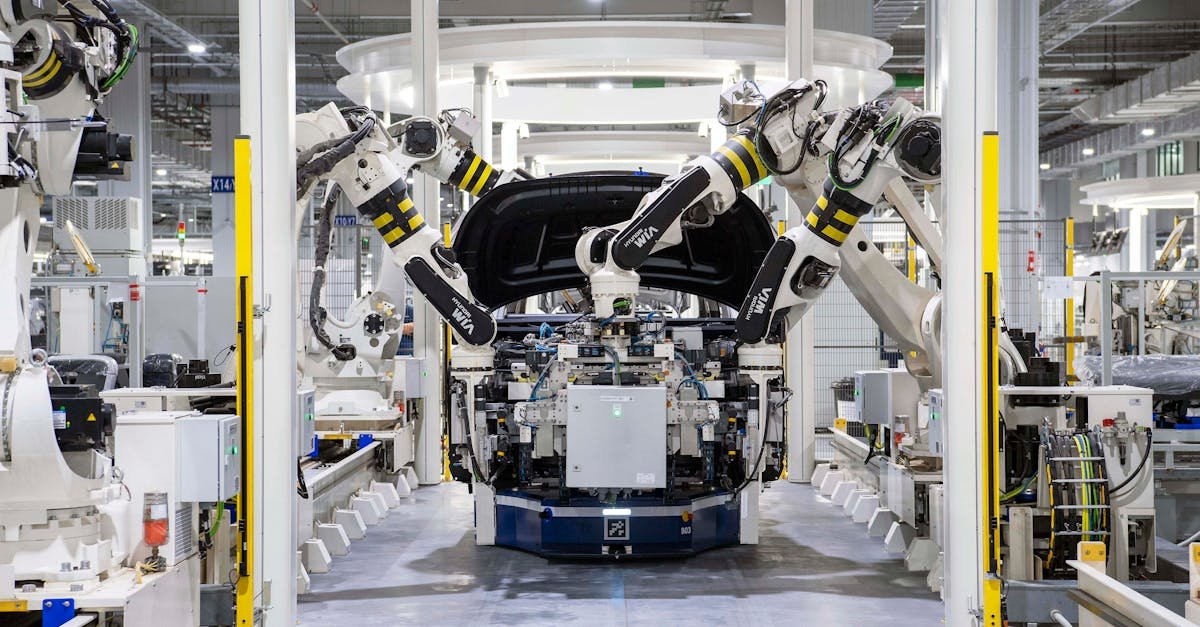Unlocking Excellence: Diversity as a Competitive Edge in Shared Services
Ever been at a party and noticed that the most engaging conversations happen when people from different backgrounds mix and mingle? It’s chaotic, lively, sometimes a bit awkward, but mostly — it’s where the magic happens. That’s kind of like what diversity does for shared services transformation. Interesting, right? Let’s unwrap this. Diversity Opens Doorways (to Innovation) Here’s the deal. When you gather a bunch of like-minded folks around a table, you’re likely to churn out… well, the same old ideas, dressed differently. But sprinkle in some diverse perspectives — say, someone from a tech background, paired with another person who totally gets finance — and voilà! Suddenly, the ideas start flowing like that punch bowl at a high school prom. (Okay, maybe not that sticky, and definitely not that fruity.) Why Should You Care? Look, it’s more than just a good intention, it’s a business imperative. Diverse teams are statistically shown (not that we’re into numbers, really) to be more innovative and agile. They adapt. They pivot faster. Maybe I should clarify—innovation isn’t just about dropping some fancy tech and calling it a day. It’s about problem-solving from all angles. Cultivation of Fresh Ideas: When folks think differently, they stumble upon solutions that may not have crossed a more homogeneous mind. Employee Engagement Levels: A diverse workplace often leads to happier employees. It’s like when you find the perfect slice of cake—everyone wants more of that! And here’s a thought—are you deliberately picking teams that look like your favorite season of the same TV show? It’s time for a change of channel. Process Optimization: The Real Secret Sauce So, you’ve got your diverse team ready to roll. But wait — don’t forget about process optimization! (This could be the plot twist in your story, don’t you think?) Think of it as the engine that powers the social mixer of ideas flowing around. Here’s how it ties back, in a not-so-structured way: Streamlined Workflows: Diverse viewpoints can help streamline workflows because differing backgrounds lead to scrutinizing traditional methods that might be gathering dust. Unique Solutions to Common Problems: Ever noticed how a simple tweak to a process can make a world of difference? Well, different minds often see those tweaks that others overlook. And here’s an odd thought—why does a good recipe sometimes need a pinch of salt? Because sometimes, the simplest ingredients lead to the most exciting results. A Word on Culture — No, Not the Yogurt Kind Building a culture that embraces diversity isn’t just about cramming a rainbow of folks in a room and calling it good. It’s an ongoing journey, a bit like those epic road trips where you occasionally get lost. (But hey, that’s half the fun, right?) Here’s what you can cultivate: Open Dialogue: Encourage everyone to voice their thoughts. Some might be shy at first. (You know, like that one friend who takes an hour to warm up before hitting the dance floor). Flexible Policies: Tailoring policies to accommodate various needs rooted in diverse backgrounds and perspectives makes a huge difference. Oh, and about that team-building retreat that’s more like a glorified corporate party? Yeah, let’s skip the awkward trust falls and instead focus on shared experiences that nurture understanding. What About the Numbers? Okay, I know we’re supposed to be unemotional about stats. But sometimes they paint a picture. A diverse workforce is linked to increased profitability and productivity—a boon in a shared services environment. That’s worth noting—if only to sound clever at your next cocktail conversation. Let’s Wrap This Up So here we are, having danced through the colorful landscape of diversity in shared services, with all its quirks and glory. It really is about unlocking excellence. Diversity fuels innovation. It’s like throwing in spices to your favorite dish — suddenly it’s bursting with flavors you never even knew existed! Culture matters immensely. Think of it as the cozy blanket that keeps you warm on chilly nights—essential, comforting, and just plain necessary. The next time you sit down to brainstorm, remember: diversity isn’t just a checkbox on some corporate list. It’s a veritable treasure trove of insights waiting to be unearthed. And hey, who wouldn’t want to unearth a treasure? Now go on, mix it up! Because in the world of shared services, diversity isn’t just a competitive edge — it’s the whole nine yards.
Unlocking Excellence: Diversity as a Competitive Edge in Shared Services Read More »









